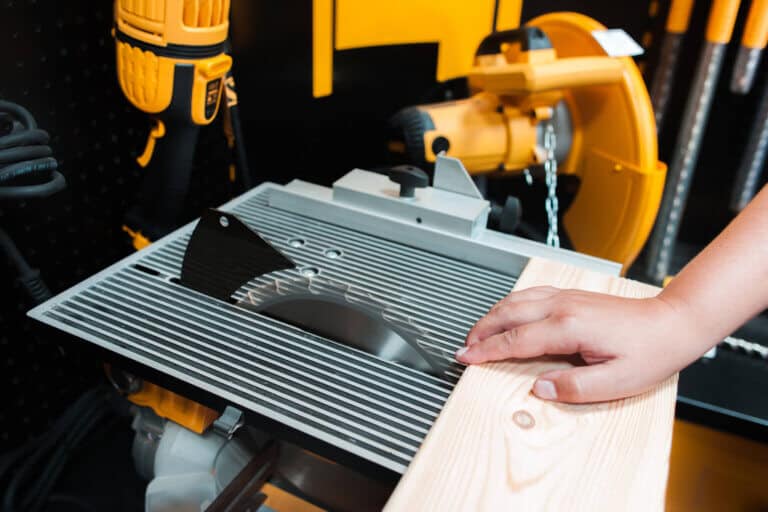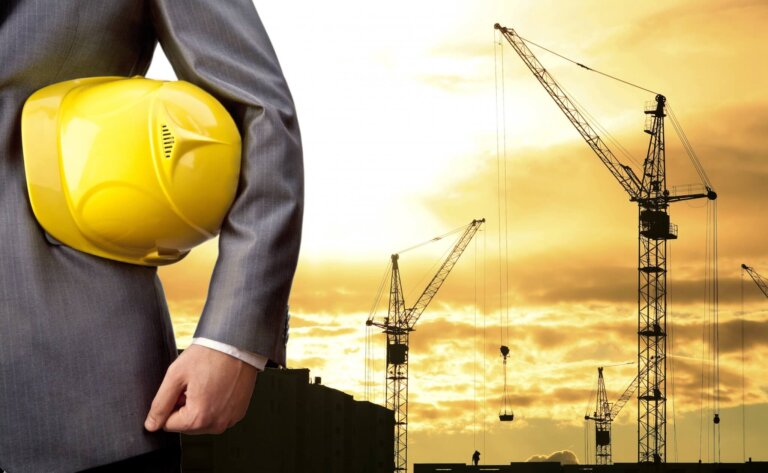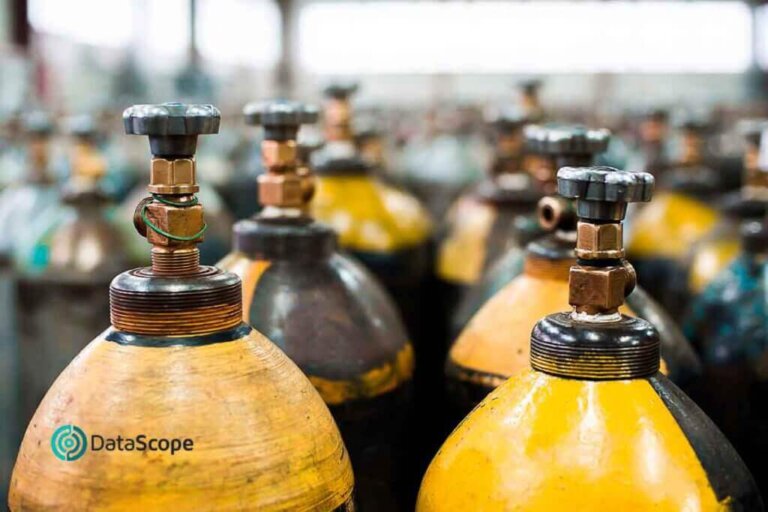These personal protection elements must meet very high demands, both in terms of design and quality of materials, since any head injury can have very serious, even fatal, consequences for the workforce, and a helmet is the ideal piece to prevent this kind of accidents.
The safety of workers is essential in all work activities. In fact, it is one of the main factors for the strategic success of a company or organization, since no commercial activity can prosper or be successful if it does not ensure the life and health of its employees.
This implies providing workers with equipment that prevents the occurrence of serious accidents and injuries. Especially in the industrial, extractive and manufacturing sectors, which by their very nature have the highest rates of severe accidents.
One of the most essential items is the safety helmet, as head injuries are extremely dangerous and life-threatening. According to statistics from the international labor organization, ILO, these injuries represent between 3% and 6% of all work injuries. A figure that can be misleading, since head injuries can cause up to three weeks of convalescence and can lead to death of the worker.
This reality is replicated in Chile, since according to the Chilean Safety Association, ACHS, and the Occupational Safety Institute, ISL, head injuries are equivalent to 8.2% of the total labor accidents.
What function does a safety helmet fulfill?
Technically speaking, the safety helmet is a personal protection element designed to cover the upper part of the user’s head, acting as a protective barrier and/or absorb energy.
Its use allows to protect the worker from the following specific risks:
- Blows and perforations caused by falling or projecting blunt objects.
- Crashes against sharp and/or lacerating fixed objects.
- Blows caused by falls that the worker may suffer.
- Contact with sources of electrical energy.
- Contact with molten metals, hot liquids or corrosive substances.
If not used properly, the worker is exposed to countless accidents that can have very serious consequences, even fatal, for his health.
What characteristics should a safety helmet have?
To provide adequate protection and reduce the consequences derived from the aforementioned risk factors, the helmet must be equipped with a series of elements whose joint operation meets the following conditions:
- Limit the pressure applied to the skull, distributing the impact force over the largest possible surface.
- Deflect falling objects, using a suitably smooth and rounded shape.
- Dissipate and disperse impact energy so that it is not all transmitted to the head and neck.
- Act as an insulating zone both from electrical discharges and from corrosive materials, liquids or hot objects.
Types of safety helmets
As the ACHS experts explain, there are four main types of safety helmets, which are classified according to their functionalities and ability to protect against electric shocks.
A-class
They protect against possible impacts due to falling objects and provide an electrical insulating capacity of up to 2,200 volts.
B-class
They protect against impacts and electrical discharges up to 12,300 volts.
C-class
They provide protection against impacts, but do not offer coverage against exposure to electrical current or corrosive substances, so they are designed for jobs with less risk.
E-class
These helmets are fire resistant as they are made of ABS fiber. They have four anchor points and three height position levels.
The most common and widespread helmet design is the “cap” type, with a visor and perimeter brim, designed to provide protection in most typical industrial sectors, such as workshops, factories or production lines.
In quarries, mining sites, demolition works and forestry work, the “hat” type model is used, which provides more protection for the face due to its wider brim design.
For tasks at height or construction, the “cap” type helmet is preferred, without a visor or brim, since these elements can come into contact with beams or pillars, which generates potential risk of loss of balance and falls.
What is the most suitable helmet?
First, we must have extensive knowledge of the work’s characteristics and its immediate environment. For this reason, the election must be carried out by trained personnel who, in addition, have permanent feedback with the workforce. In this way, they will be able to know in detail the daily risks of the activity carried out.
From these variables, we need to design a checklist that allow us studying and comparing all the offers available in the market.
It is also important to analyze the information provided by the manufacturer of the helmet, regarding aspects such as materials used, structure, components, recommendations for use and storage, cleaning, maintenance, disinfection, availability of accessories and spare parts, protection classes and equipment expiration dates or deadlines, among other important aspects.
Similarly, before buying a safety helmet, it is essential to test its functionality in the workplace itself.
In this sense, the helmets that provide the best protection are those made with thermoplastic materials such as polycarbonate, ABS, polyethylene and polycarbonate with fiberglass. In addition, they should always be equipped with a good harness.
In turn, those made of light metal alloys are not completely resistant to perforations caused by sharp or sharp-edged objects.
Helmets with internal projections must also not be used, as they can cause serious injuries in the event of a side impact. It is better that they have a non-flammable side protective padding that does not deform because of the heat.
If there is a high risk of rubbing against bare electrical conductors, the workforce must use only helmets made of thermoplastic materials, without ventilation holes, rivets or external metal parts.
Meanwhile, those who work in high places, such as scaffolding or buildings under construction, must wear helmets with a chin strap.
Other important care
In order to maintain a helmet full protective capacity throughout its useful life, we must apply various care strategies and precautions.
For example, most safety helmet shells are made of plastic materials, which under normal conditions change very slowly. However, this degradation can be accelerated by various causes such as exposure to extreme conditions of heat and cold, permanent contact with chemical, corrosive substances and blunt objects, cumulative effects of blows or falls and poor maintenance.
In this regard, the experts make the following general recommendations:
- Helmets made of polyethylene, polypropylene, or ABS may lose mechanical strength due to heat, cold, and exposure to the sun or intense sources of ultraviolet (UV) radiation. If these conditions occur from constant use outdoors or near welding stations, for example, they should be replaced at least once every three years.
- If the helmet becomes discolored, cracked, shed fibers or creaks when handled, it should be replaced as soon as possible. It should also be disposed of immediately if it has received a violent blow, even if there are no visible signs of damage.
- If the user sweats a lot or the helmet is shared among several workers, it must be disinfected periodically. To do this, we can submerge it in an appropriate solution, such as 5% formalin or sodium hypochlorite.
- Adhered materials such as plaster, cement, glue or resins can be removed mechanically or using a suitable solvent that does not damage the outer frame material. Hot water, detergent and stiff bristle brushes can also be used.
- Unused headsets should be stored horizontally on shelves, or hung from hooks in places not exposed to direct sunlight or high temperature or humidity.
A good way to check both the quality and condition of this equipment is to make a checklist of all the PPE available in the company. For a better result, we can use digital tools and specialized apps such as electronic checklists.
These checklists also help us to verify the previous conditions for the acquisition of helmets, based on the specific requirements of each company or organization, and according to the characteristics and risks of the work performed.
Download the DataScope app and start now!
DataScope is the ideal tool to eliminate paper use, save time, and efficiently collect data from the field. It allows companies to streamline, organize and evaluate field work thanks to its online forms, which provide indicators in real time, 100% adaptable to any area.
With DataScope, your team can answer custom mobile forms from their phones or tablets, online or offline, through the app.







